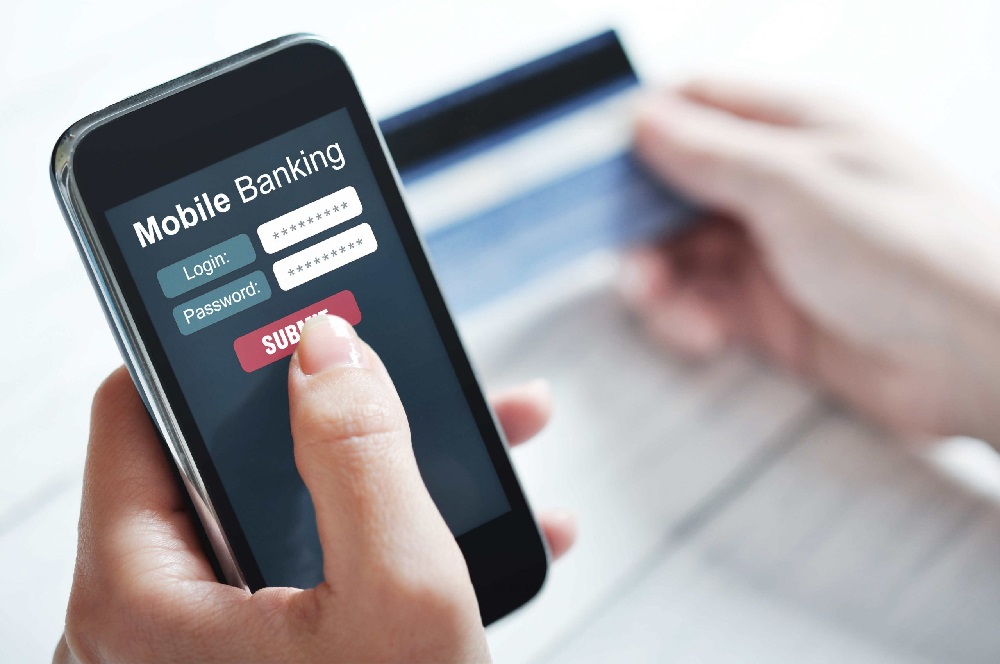Mobile banking enables smartphone users to access basic financial services even when they are miles away from the nearest branch of the bank. In several countries, mobile banking is already spreading. However, in a few countries, only 10% of bank account holders use Mobile banking for online Bank transfer.
Few basic mobile banking technologies
Interactive voice response – you might be familiar with interactive voice response. If you have ever called your credit card issuer, you might have gone through a maze of prompts that say that for English, press one & for account info, press two. Under instant banking, it works like this –
- Banks bring in knowledge of a set of numbers to their customers.
- Customers use their mobile phones to Dial an IVR number.
- The customer is then greeted by a recorded electronic message which is followed by a menu of options.
- According to the concern, the customer selects an option by pressing the corresponding number on the keypad.
- The desired information is read out by a text-to-speech program.
IVR is the least complicated of all the solutions available. Customers cannot use this service for more advanced features because it only allows enquiry-based transactions.
Short message service – mobile banking and SMS banking are quite relatable. This is so because SMS banking uses text messaging, which is the iconic activity of a cell phone. SMS works in either a full mode or a push more. The banks send a one-way SMS to alert bank account holders of a certain issue, situation or to promote a new feature in a pull mood. However, in push mode, a message is sent by the mobile subscriber with a predefined request code to a specific number, to which the bank responds with the reply SMS, holding the particular information.
Amongst several advantages of SMS banking, some of them are listed below –
- SMS banking works on almost every cell phone, irrespective of the model or carrier, or manufacturer.
- This ubiquitous Technology is familiar. Around 1.5 trillion text messages were sent in 2007, which is eventually growing with time.
- Sending a text message is very cost-effective. Usually, text messages cost $.10-$.15. Per message if purchased individually. However, they can cost much less when opted for as a part of monthly plans.
- Our two-way communication is accommodated by SMS, which allows messaging to be accessed by customers or banks.
Advanced mobile banking technologies
The advanced technologies of mobile banking are similar to Internet banking. It requires an application, a browser, and a more advanced smartphone to function. There are two approaches to setting up this kind of mobile banking.
- Wireless application protocol- is a technology architecture that makes accessing internet pages possible from a cell phone, as it includes the concepts of servers, browsers, gateways and URLs. This is an amazing feature for many banks that appreciate that customers need not download proprietary software to access A full line of services and transactions through a upi recharge app.
- Standard mobile application– Several banks now provide a downloadable app that mobile subscribers can use for accessing bank services. An online bank app offers a reliable channel that enables users to conduct even complex transactions. It even allows banks to customize the interface and brand it accordingly.
Whenever a certain financial institution prepares for the mobile banking revolution, the most crucial step is to monitor the advantages and disadvantages of these various solutions and then decide which one best meets the needs of their customers to open and operate an instant account.
The future of banking lies in advanced banking technologies, which have already come really far, providing its users with unbelievable facilities, like transferring funds in seconds, managing their bank account anytime and anywhere, ease in managing business finances and a lot more. Whether onshore or offshore mobile banking has paved the way to the future by making banking an effortless process for everyone.




